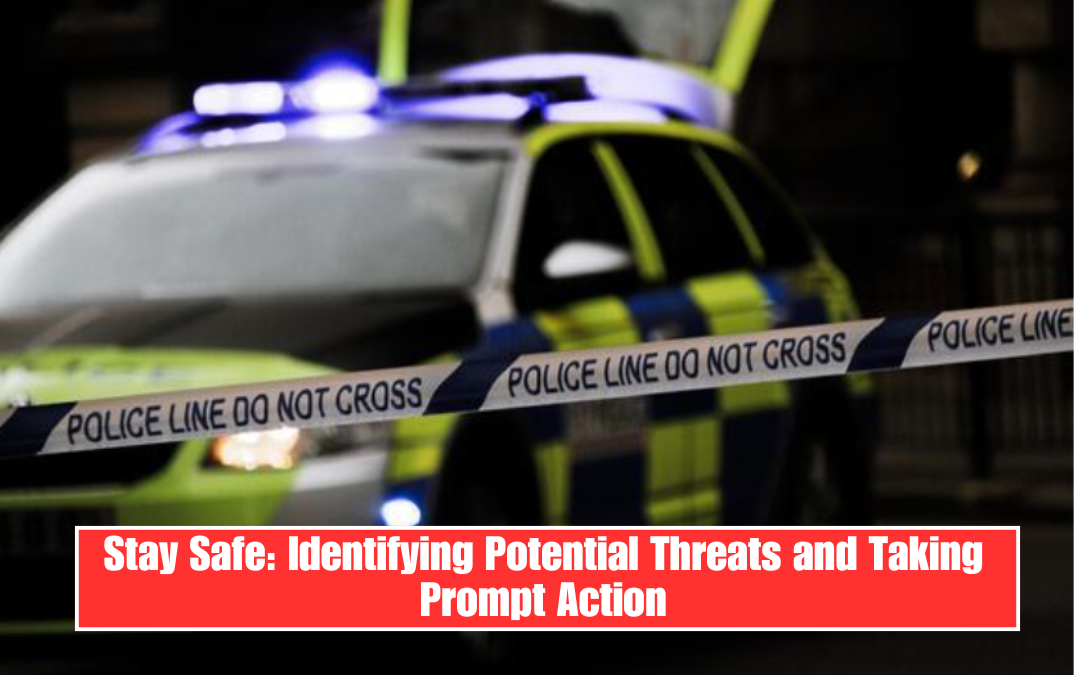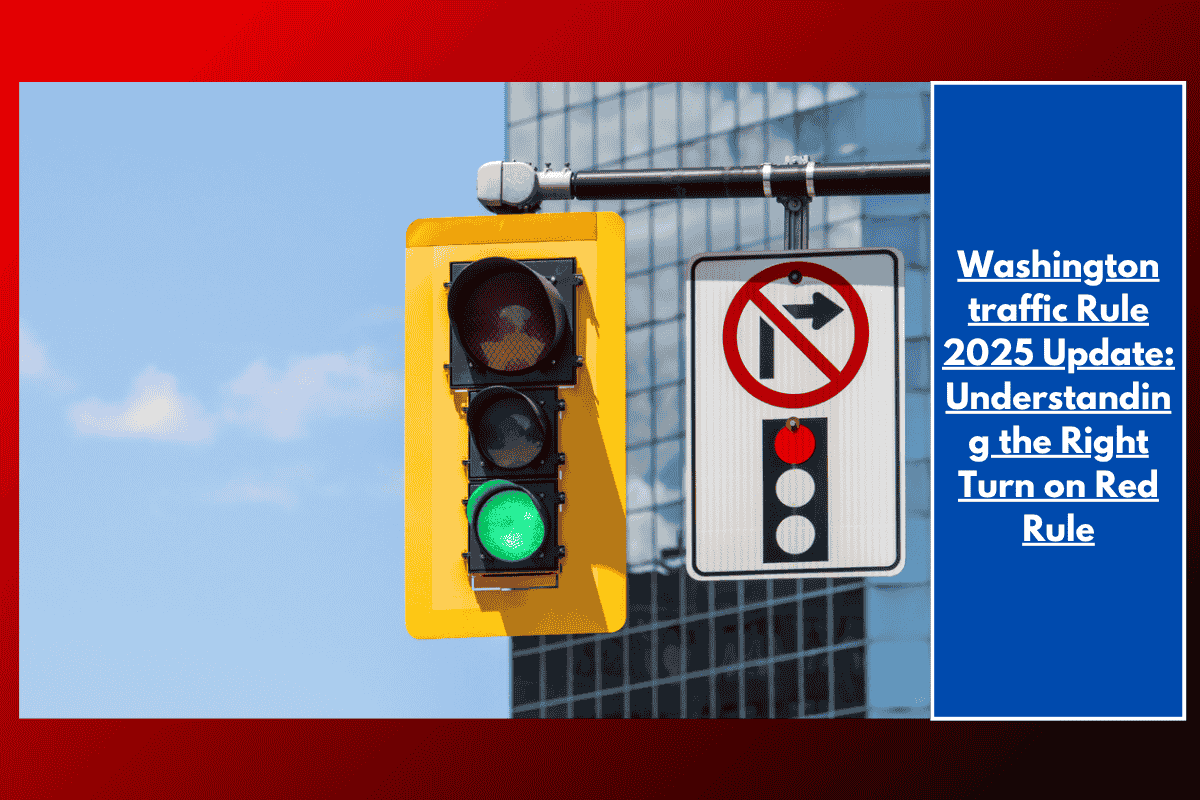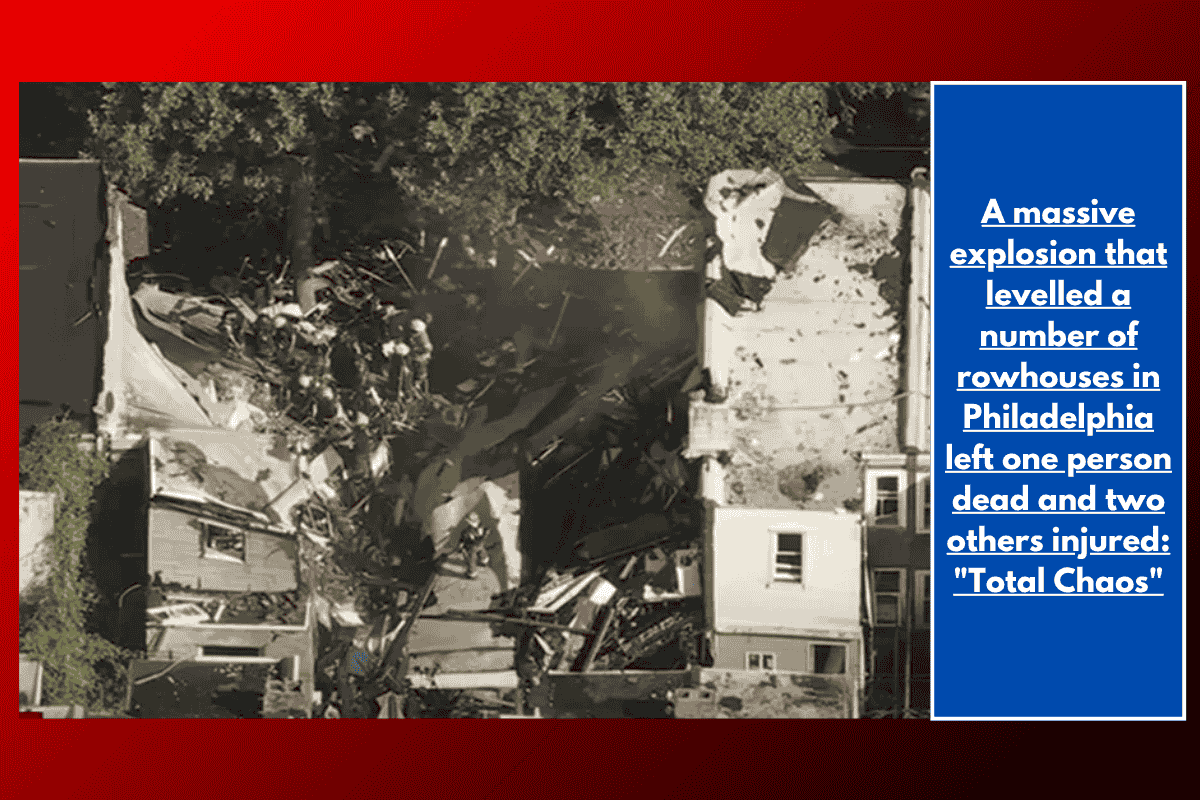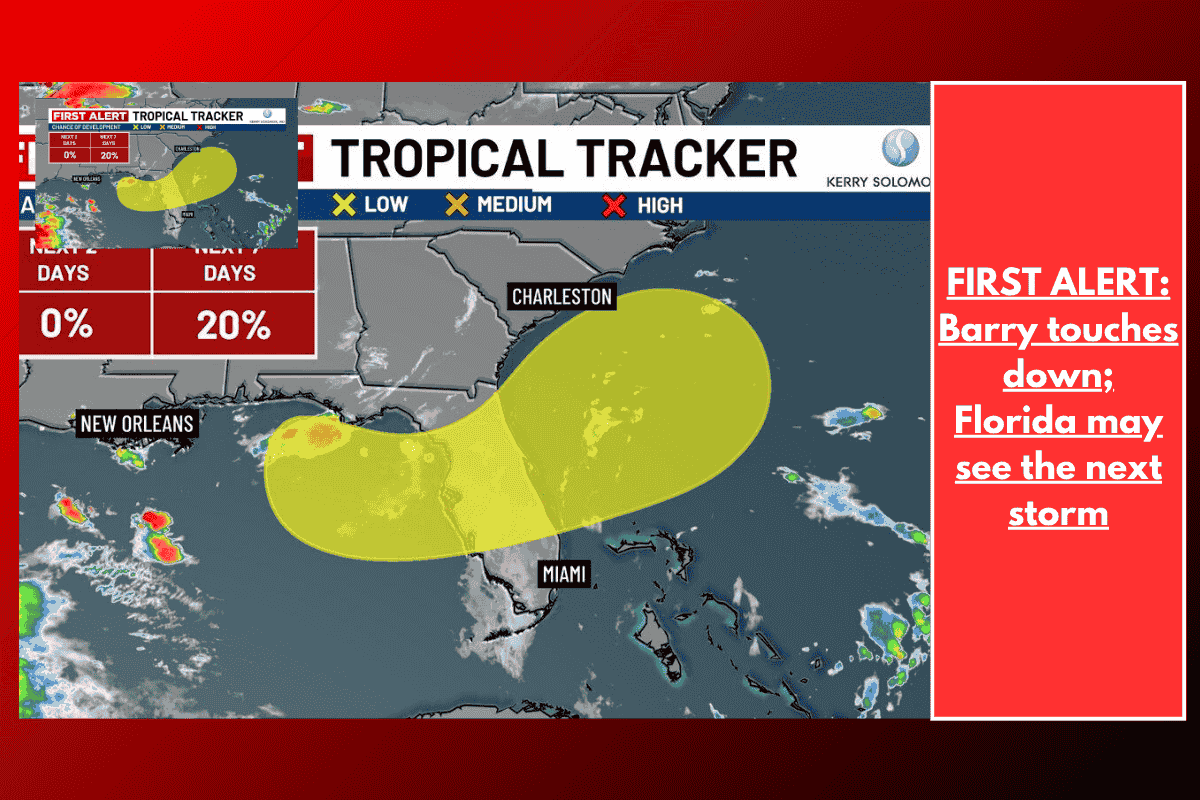Stalking is a serious crime with devastating consequences for victims, including emotional distress and physical harm. Recognizing the signs of stalking and acting quickly is critical for personal safety and well-being. Using resources like crime maps and staying up to date on police activity in your area can help you prevent and respond to stalking more effectively.
Understanding and recognizing stalking behavior is the first step towards prevention. Stalking is characterized by repeated unwanted contact, such as persistent phone calls, emails, or messages; showing up uninvited at your home, workplace, or places you frequently visit; and monitoring your activities through various means, including social media. If you notice someone repeating these behaviors, you must take them seriously and seek help.
Using a crime map to investigate crime rates and incidents in your neighborhood can provide valuable information about local safety conditions. For example, if the crime map shows a high rate of stalking incidents in your area, you may want to take extra precautions and be more aware of your surroundings. Regularly checking neighborhood crime maps can also keep you up to date on any recent criminal activity that may indicate an increased risk of stalking or other related crimes.
Furthermore, being aware of police activity in your neighbourhood can provide reassurance and assistance. Increased police presence often discourages criminal behavior, including stalking. If you suspect you are being stalked, knowing the locations of nearby police stations and active patrol areas can be extremely helpful. Reporting your concerns to the police and providing them with detailed information about the stalker’s behavior may result in increased patrols and faster response times in your area.
Another proactive measure is to map out safe routes and set up safety zones where you can seek assistance if necessary. Identify places where you can feel safe, such as well-lit public areas, trusted friends’ homes, or businesses that stay open late. Having a plan and knowing where to go in an emergency can greatly increase your personal safety.
In addition, your safety plan should include community resources and spotter networks. Participating in local community crime prevention programs can provide additional levels of support and surveillance. Many communities have watch programs that encourage residents to report suspicious activity, including potential stalking behavior. These networks can aid in detecting and deterring stalking.
Monitoring the presence of unsolved crimes and cold cases in your community can also be part of your safety plan. Areas with unresolved cases may indicate regions with ongoing security challenges. Keeping an eye on these trends via crime rate maps and reports can help you stay vigilant for potential threats and adjust your safety measures accordingly.













